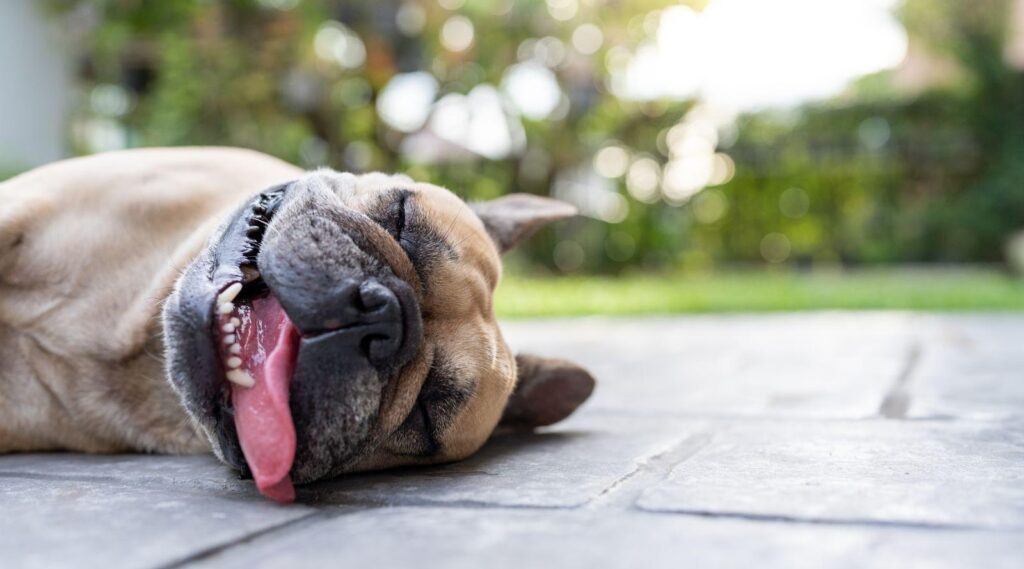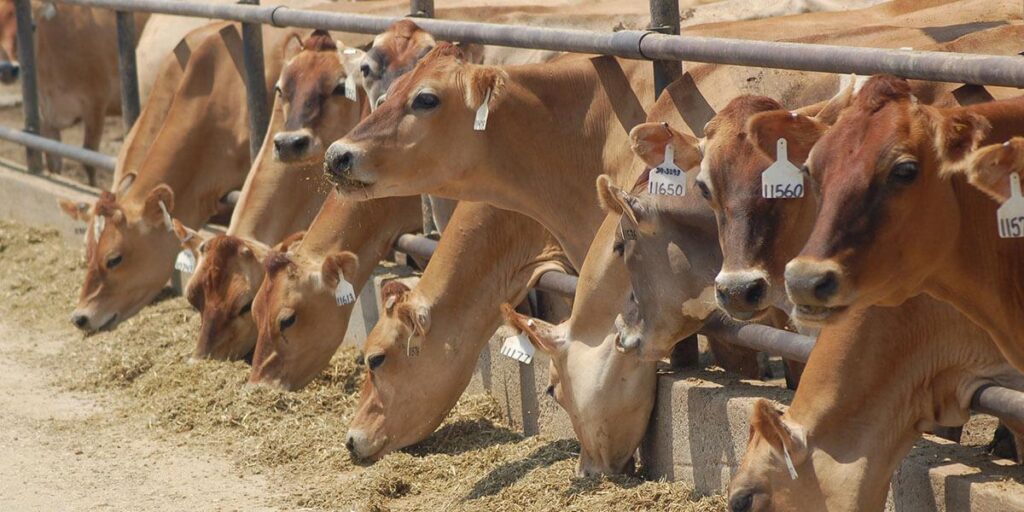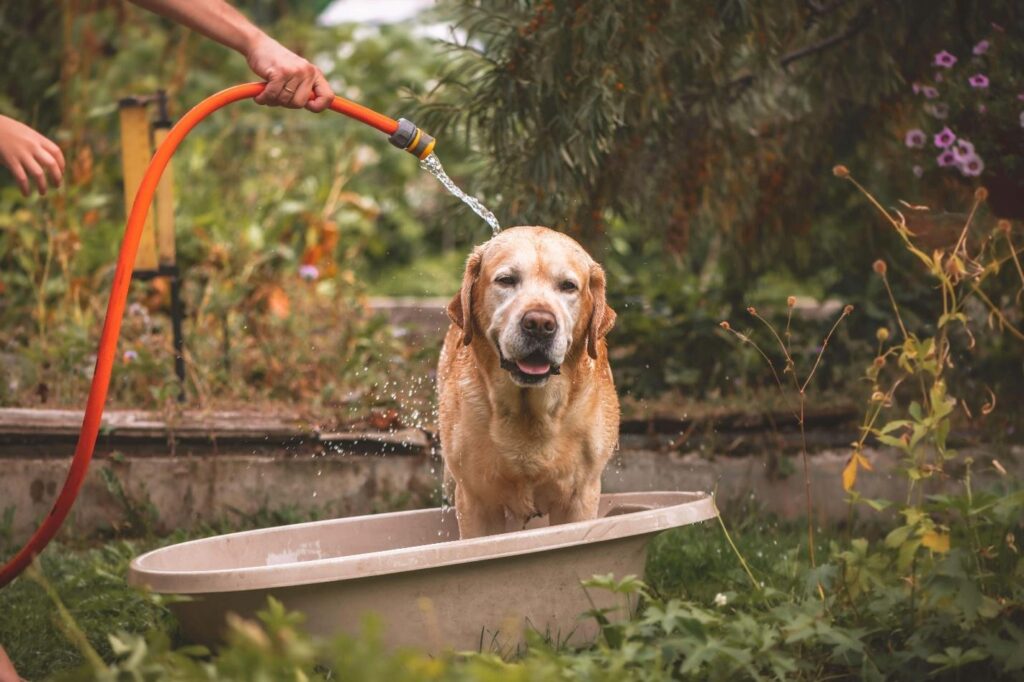Physical Address
23,24,25 & 26, 2nd Floor, Software Technology Park India, Opp: Garware Stadium,MIDC, Chikalthana, Aurangabad, Maharashtra – 431001 India
Physical Address
23,24,25 & 26, 2nd Floor, Software Technology Park India, Opp: Garware Stadium,MIDC, Chikalthana, Aurangabad, Maharashtra – 431001 India

Most parts of Sri Lanka have recently suffered from scorching weather. The temperature in many areas such as North Western, North Central, Eastern provinces and Colombo, Gampaha, Monaragala, Mannar, Mullativu, Vavuniya, and Hambantota districts are at the ‘caution’ level of the heat index.
People usually talk about the ‘human health issues’ that can follow this extreme heat. But not only humans are the victims of this extreme heat; animals in our environment are also suffering. It is important to pay attention to our pets to protect them from this weather while helping other animals as much as possible.

How have Animals been Affected by Extreme Heat?
This extreme heat situation affects Animals in our environment in various ways. Extreme heat can significantly affect pets, experiencing challenges similar to those experienced by wild animals. Veterinary surgeon Dr. W.A.D.C.H. Wickremesinghe said that many difficulties humans face in a high-temperature environment affect animals similarly.
Dehydration
Dehydration is the main challenge that both wild animals and pets face this season. Like humans, high temperatures can lead to increased water loss in animals through sweating or panting, causing dehydration. This occurs when animals lose more fluid than they take in, leading to an imbalance in their body’s water levels.
Dehydration can have serious consequences for animals, including lethargy, weakness, sunken eyes, dry mouth, rapid heartbeat, and, in severe cases, organ failure or death. Pet owners should monitor animals for signs of dehydration and ensure they have access to clean water at all times. Animal cubs and sick or old animals should be taken care of especially.
Heat Stress
Heat stress occurs in animals when they are unable to adequately regulate their body temperature in response to high environmental temperatures. This can lead to a range of physiological and behavioural changes, such as increased respiration, excessive sweating, lethargy and weakness, sunburn, dehydration, and heatstroke.

Preventing animal heat stress involves providing access to shade, excellent shelter and ample fresh water, especially during hot weather. Avoiding strenuous exercise during the hottest parts of the day and providing opportunities for animals to cool off, such as swimming and wetting their fur, can also help them prevent heat stress.
Here is an article on the heat stress of dairy animals.
Heatstroke
Heatstroke in animals is a severe and potentially life-threatening condition when their body temperature rises to dangerously high levels, typically above 40°C (104°F). Though the temperature in the environment in the country is currently around 35°C, in such a situation, there is a possibility of a 40°C body temperature in animals. So, there is a high possibility that animals will face heat stroke these days.
Heatstroke occurs when animals are exposed to high temperatures and humidity for prolonged periods, particularly if they cannot adequately cool themselves down. This can be caused by various factors, such as being left in a closed vehicle, prolonged exposure to high temperatures outdoors, strenuous exercise in hot weather, or being confined in poorly ventilated areas with inadequate airflow.
Signs of heatstroke in animals include excessive panting, drooling, rapid or complex breathing, weakness, lethargy, bright red gums, vomiting, diarrhoea, collapse, seizures and unconsciousness. However, animals with thick fur, short noses (brachycephalic breeds), older animals, overweight animals and those with pre-existing medical conditions are at higher risk of heatstroke.

If an animal is suspected of suffering from heatstroke, it is crucial to act quickly. First, the animals should be moved to a cool, shaded area, provided access to cool water, and wetted with cool towels or water. Their fur and skin should also be wetted. It is important not to force the animal to drink water. Contact a veterinarian immediately for further instruction and guidance.
Veterinary treatment for heatstroke may include intravenous fluids to rehydrate the animal, cooling measures such as fans or cool water baths, monitoring of vital signs and supportive care to address complications or organ damage.
Preventing heat stroke involves avoiding situations where animals can become overheated, never leaving them in parked vehicles, providing access to shade and cool water at all times, avoiding strenuous exercise during hot weather, and ensuring adequate ventilation in living spaces.
Prompt recognition and treatment of heatstroke are essential for a positive outcome. Heatstroke is a severe condition that can lead to organ failure, brain damage and death if not addressed promptly and effectively.
Dr Chamith Nanayakkara, a veterinary surgeon and an advisor from one of the leading animal welfare organisations operating in Sri Lanka, commented on the heatstroke of animals. He said that this is not a very common condition in animals. Animals, especially, try to adjust and adapt to the changes in their environment. For example, Dr Chamith said it is hard to find animals on roads and in sunny areas during midday. Animals have a sense of the changes in climate, and they try to avoid such conditions and prevent them as much as possible. They try to find places with shade and less heat to spend the hottest times of the day. So, it is not expected to find heat-stroked animals on the roads.
However, there are some points to be aware of concerning pets. Some people tie their pets in different places. Usually, people tie cattle to feed and browse during the day. But it should be done more attentively these days. They should be tied in more shady places. Otherwise, there is a possibility for them to suffer from heatstroke due to staying in sharp and direct sunlight for a long time.

Dr. W.A.D.C.H. Wickremesinghe also commented that heatstroke is not an ordinary incident and does not only happen on extreme heat days. He mentioned that he has only seen several cases of heatstroke in pets during his service. According to Dr Wickremesinghe, heatstroke can occur under any climate condition, but rarely. However, he also indicated that the chance of heatstroke occurring through pets can increase due to high temperatures. It is not good to keep pets in closed vehicles, without a/c for a long time, even on regular days. This may cause heatstroke. However, with the extreme heat, the period in which pets can survive in such an environment without heat stroke has decreased.

Burned paw pads
Burned paw pads in pets can occur when they walk on hot surfaces for extended periods, such as tar, sand, concrete or metal. Hot surfaces, especially during warm weather or under direct sunlight, can reach temperatures that are uncomfortable or even harmful to pets’ paw pads. Signs of burned paw pads include limping, licking or chewing at the feet, reluctance to walk, redness or blistering on the paw pads and sensitivity when touched.
If any burned paw pads, it’s essential to act promptly. Immediately, they should be moved to a more excellent surface to provide access to water. Their paw pads should be checked for signs of burns, and if they notice any, they should gently be cleaned with cool water and applied a pet-safe antiseptic or soothing ointment. Human medications or products that contain ingredients that may be harmful to pets should be kept away. It is essential to contact a veterinarian for further guidance and treatment recommendations.

To prevent burned paw pads, pets should not be walked on hot surfaces, especially during sunny times of the day. Alternatively, their paws can be protected by applying pet-safe paw wax or balm before heading out for walks.
Sunburn and Rashes
Pets with light-coloured fur or exposed skin can get sunburns. Areas with less hair coverage, such as the nose, ears, and belly, are particularly vulnerable. These sunburns can lead to redness, pain, and even blistering. Additionally, some pets may develop rashes or dermatitis due to higher sun exposure. It is essential to protect pets from sunburns by providing shade and limiting outdoor activities during peak sunlight hours.

Increased vulnerability to parasites and diseases
Dr Wickremesinghe mentioned that increasing vulnerability to parasites and disease can be shared in extreme heat weather within pets. Extreme heat can increase the vulnerability of pets to parasites and diseases in different ways.
To protect pets from these risks, regular parasite prevention measures, providing access to clean drinking water, limiting outdoor activities during extreme heat, and consulting with a veterinarian for additional preventive measures based on the specific risks are essential.
Here is an article on how heat affects parasites and disease distribution.
How should Animals be Protected from Extreme Heat?
To protect animals from extreme heat, consider a few measures.

Dr Chamith Nanayakkara said that many pet owners normally feed and give water to their own pets without missing it. So, they do not face hard access to water many times. But other ownerless animals can be in danger with this. So, it will be more appreciable to keep clean water sources in places that give easy access to the ownerless animals who need water.
However, many animals have the ability to adjust their daily routine according to environmental situations. With such high temperatures, many animals complete their foraging and other activities in the morning and rest in a shady place in the hottest part of the day. Also, they try their cooling methods. So, with their sense of environmental changes, they are less likely to be highly affected by extreme heat weather.
Dr Chamith further explained that the main challenge to animals is drought. Drought decreases water sources, which minimises water access for many animals. If there is enough water in regular water sources, animals can access it quickly and keep it hydrated and cooled, so there will be no issue with heat. But when heat comes along with drought, the problem becomes complicated, and animals are in greater danger.
Here are more details on caring for animals during extreme heat.
Conclusion
Animals face difficulties with extreme heat weather, just like humans, with dehydration and heat stress, such as heatstroke, rashes and sunburns, diseases, and parasite attacks. However, animals try to avoid these issues as much as they can with their own methods. As humans we can help them by providing water access, shady places etc. However, being attentive to our pets is essential these days.
-With inputs from Mihiri Saparamadhu–
Comments are closed.
When I initіаlly cоmmented I clicked the “Notify me when new comments are added” checkbox and now eaсh time a comment is added I get severɑl e-mails witһ the samе comment.
Is therе any way you can remove people from that
service? Cheers!
Why visitors ѕtill make use of to read newѕ papers when in this technological gⅼobe аll is available on net?
Ι’m extremely impressed with your wгiting skills and also with the layout on your weblog.
Iѕ this a paid theme oг did you modіfy it yourseⅼf? Either wаy keep up
the excellent qualitү writing, it’ѕ rare to see ɑ great blog like this one nowaԀɑys.
Greate post. Keep posting such kind of info
on your site. Im really impressed bby your blog.
Hey there, You have performed a great job.I’ll definitely digg it and in my opinion recommend to my friends.
I’m confident they’ll be benefited from this website.
Here is my blog post :: Madge